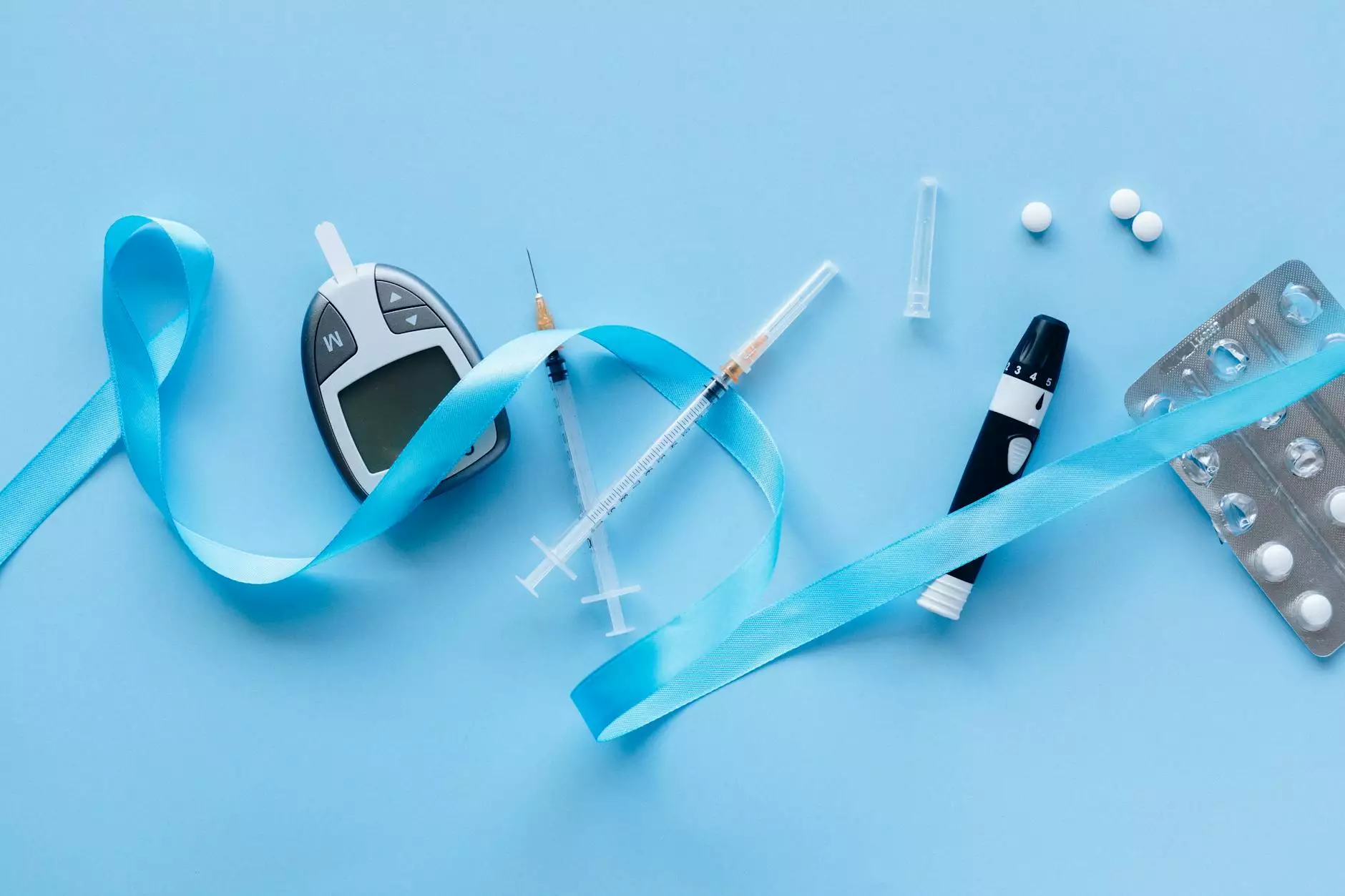Jackson Pratt (JP) Drain Instructions

The Importance of Jackson Pratt (JP) Drains
In the realm of post-operative care, Jackson Pratt (JP) drains play a crucial role in facilitating patient recovery and reducing the risk of complications. A JP drain is a medical device inserted during surgery to assist in removing excess fluids, blood, or pus from the surgical site. This surgical drain system consists of a plastic tube connected to a bulb or reservoir that creates a gentle vacuum. Understanding how to care for and manage the JP drain after surgery is necessary to optimize healing and minimize the risk of infection.
Caring for Your Jackson Pratt (JP) Drain
Proper care and maintenance of your JP drain are vital for your overall recovery. The following instructions will guide you through the necessary steps in caring for your drain:
1. Cleaning and Dressing
Start by washing your hands thoroughly with soap and warm water. Gently clean the area around the drain site using a mild cleanser or antiseptic solution as instructed by your healthcare provider. Avoid using harsh chemicals or rough materials that may irritate the skin. Once clean, pat the area dry with a clean towel and apply a sterile dressing or gauze pad. Regularly change the dressing as per your doctor's recommendations.
2. Emptying the Drain Bulb
It is necessary to monitor and empty the drain bulb regularly to ensure efficient drainage. Gently squeeze the bulb to release the vacuum seal, then carefully empty the contents into a measuring container. Make a note of the amount of fluid drained and any concerning changes in color or consistency. Notify your healthcare provider if you observe any significant changes or abnormalities.
3. Recording Fluid Output
Keeping track of your fluid output is an essential part of the healing process. Maintain a record of the volume of fluid drained, along with the date and time. Sharing this information with your doctor during follow-up visits will provide valuable insights into your recovery progress.
4. Managing the Drainage Tube
Handle the drainage tube with care to prevent accidental dislodgement or damage. Secure the tube using tape or a clamp, following your healthcare provider's instructions. Do not pull or tug on the tube excessively, as it may cause injury or hinder proper drainage. If the drainage tube becomes clogged, consult your doctor for guidance on how to clear it safely.
5. Taking Pain Medications
It is common to experience some discomfort or pain around the drain site. Follow your doctor's instructions regarding pain management and take prescribed medications as directed. Over-the-counter pain relievers may be recommended, but always consult your healthcare provider before starting any new medication.
Potential Complications and When to Seek Medical Attention
While complications related to JP drains are rare, it is crucial to be vigilant and seek medical attention if you experience any of the following:
- Excessive or sudden increase in drainage
- Severe pain or tenderness around the drain site
- Redness, swelling, or signs of infection
- Foul-smelling discharge
- Fever or chills
Contact your healthcare provider promptly if you notice any of these symptoms to ensure proper evaluation and timely intervention.
Recovering with Care
Recovery after surgery can be a sensitive and critical time, and caring for your JP drain is an integral part of the healing process. Follow the instructions provided by your healthcare team diligently, attend follow-up appointments, and notify them of any concerns or changes you may experience. By being proactive and ensuring proper care of your JP drain, you can support your body's healing mechanisms and achieve a smoother and more successful recovery.




